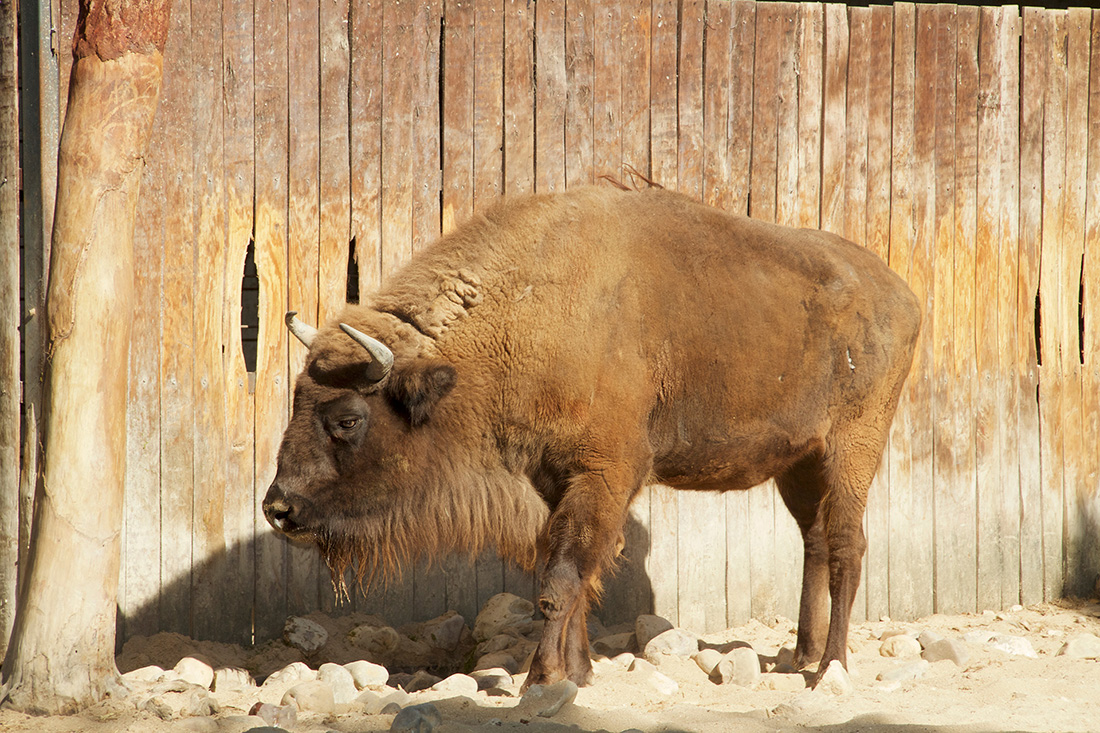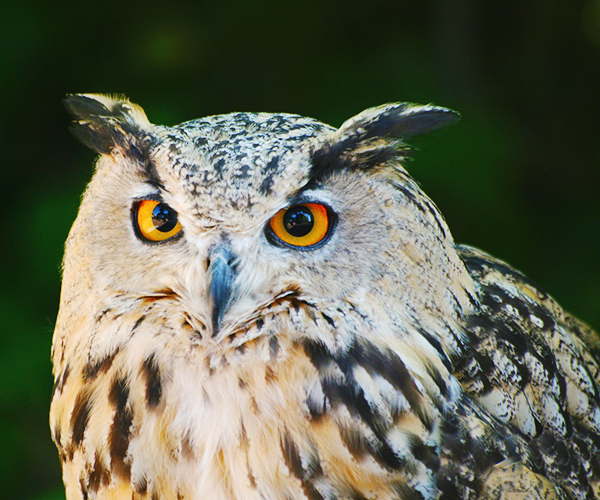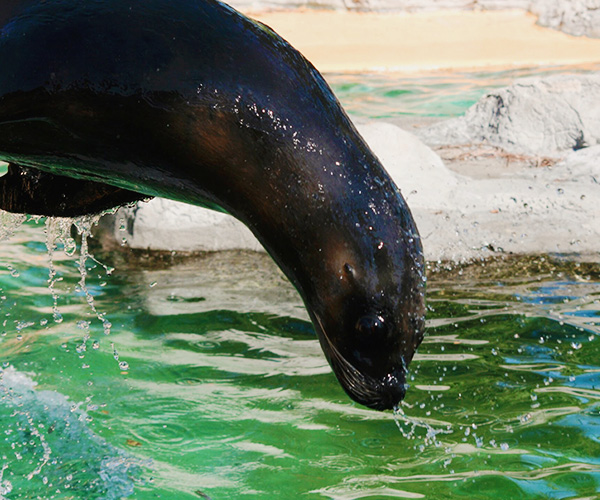This artiodactyl mammal is similar in appearance to the American bison (Bison bison), but with a lighter build.
It has highly developed forequarters, a broad and large head and a marked withers. The coat color is dark brown, long, and particularly developed on the head, shoulders and neck. Calves usually have a lighter coat. They have a small “beard” on the throat, and the tail is covered with long hair. The underside of the legs have short fur, unlike the American bison. Both sexes have short, thick, upward-facing horns.
Despite their usual slow movements, European bison are surprisingly agile.
The European bison is a herd animal. They roam in groups of about 20 individuals, feeding on all kinds of plant matter, mainly low foliage, but also grasses, bark and tender branches.
In winter, they gather in herds of up to fifty as they clear the snow in search of roots and buried fruits. Older males prefer a more solitary life. The European bison is not a territorial animal.
They come into estrus between August and September. The rutting season is between August and October. Females usually have a gestation period of 264 days, and usually give birth to one calf at a time, for which they usually isolate themselves from the rest of the herd.
















.jpg.transform/rendition-sm/image.jpg)






